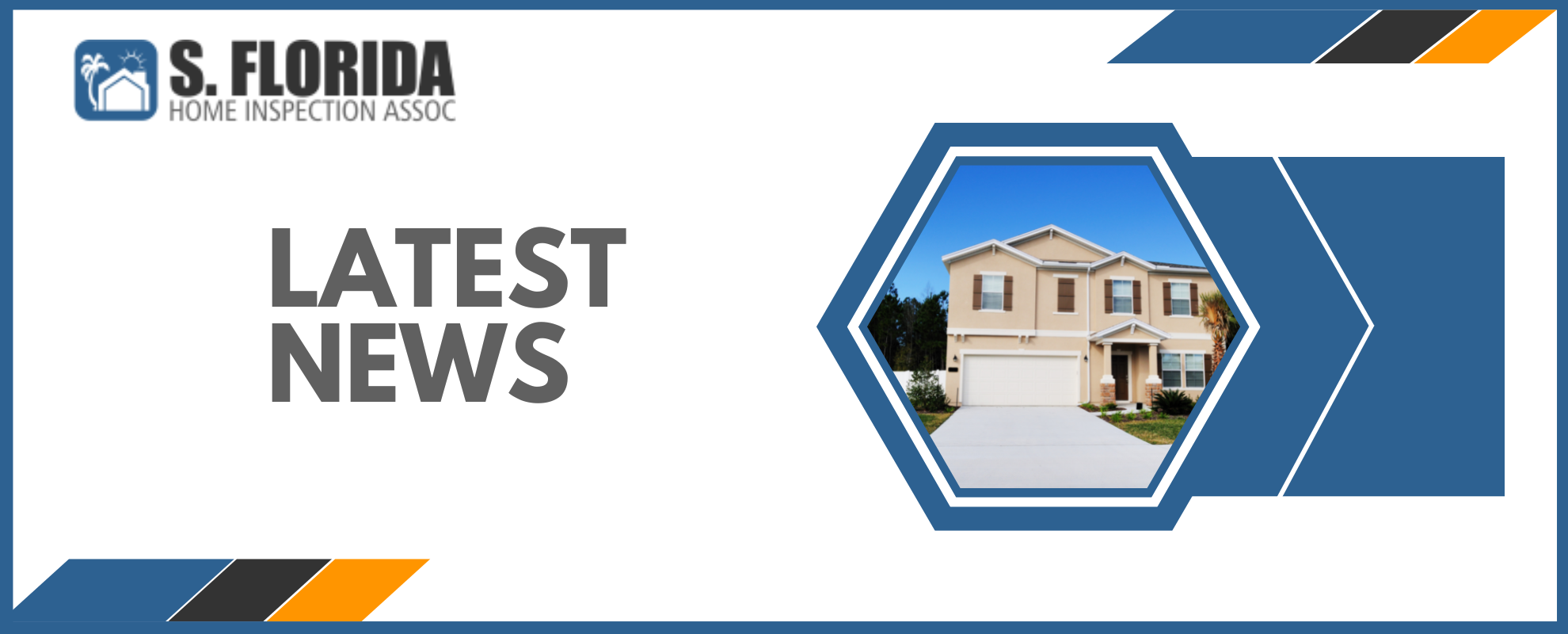This summer, two years after Sandy blew through and devastated New York, the New York Committee for Occupational Safety and Health and Long Island Jobs with Justice conducted a comprehensive study to learn about the after-effects of the storm. They chose to conduct the study in Freeport, a town located on the southern shore of Long Island, that was particularly hard-hit when Hurricane Sandy struck it in 2012.
They found that 57.1% of Freeport residents still live in storm damaged homes, 67.1% of people used bleach on the surfaces of their home as a mold remediation, and 38.6% believe they have respiratory problems linked to Sandy. Only about 21.4% of homeowners did the clean-up and home repair themselves. This survey highlights the need to battle the myth that bleach kills mold. It doesn’t.
Most Americans believe that bleach is the product to grab when confronted with mold. FEMA has perpetuated the myth by passing out bleach products. FEMA even instructs people to use a 10% bleach solution when cleaning flooded homes. But, the truth is that bleach disinfects and protects against bacteria. It works great at removing the discoloration caused by mold; however, it will leave the microflora intact. This is why, when conditions are right, the mold returns in the same spot.
Typically, mold is not a serious health hazard. However, storms like Sandy can create perfect environments for mold to grow. The storm causes significant water damage, often in hard to reach areas. Mold spores in the air find those dark moist places and flourish. Mold can grow on virtually any moist surface and is particularly fond of paper, wood, or cloth. If left unchecked, the mold colonies grow and release more spores into the air. Excessive mold spores in the air can trigger allergies and asthma, or other chronic breathing ailments. In addition, sometimes the home becomes infested with toxic mold, like Stachybotrys, which is linked to serious health problems.
It is vital that homeowners enlist the services of professional home inspectors and clean-up crews that know how to properly deal with mold, especially after a hurricane or super storm. Professional home inspectors will help identify where mold growth has occurred and can help the homeowner come up with a priority list. They may even be able to recommend a reputable clean-up crew. It’ll take a good biocide or anti-microbial to manage the mold. If significant water damage was sustained, it may even be a good idea to schedule another home inspection for mold a couple years later. Mold is insidious and will never be completely destroyed, but it can be controlled.
South Florida Home Inspection Association has been providing home inspection services to the Hobe Sound and Palm Beach areas for years. For more information on what is involved in the mold inspections they offer, or for additional information on how to combat mold in the home, visit their website at http://www.sfloridahomeinspection.com/services/mold-in-the-home/ or call (561) 818-5593.
Summary: Homeowners battling mold should forgo bleach and hire professionals. Bleach does not kill mold.



